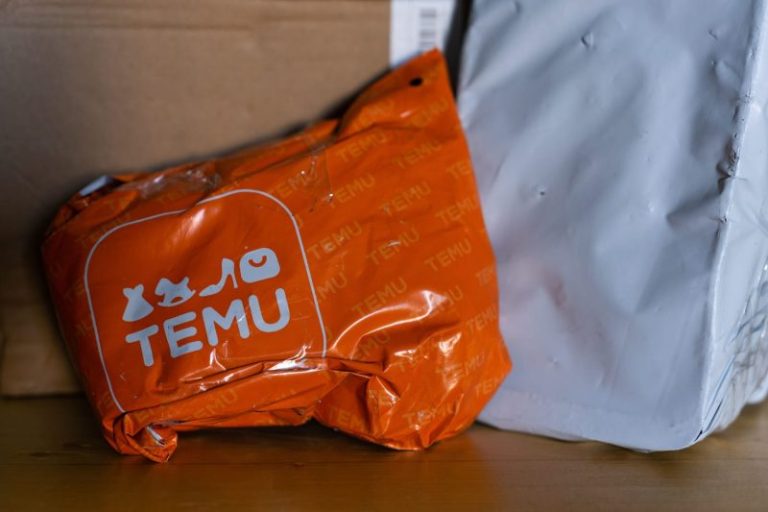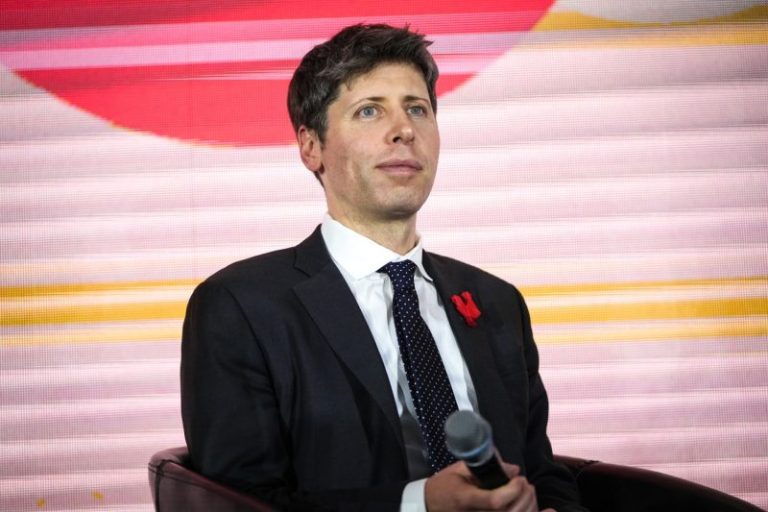(TheNewswire)
April 17th, 2025 TheNewswire – Vancouver, B.C. Opawica Explorations Inc. (TSXV: OPW) (FSE: A2PEAD) (OTC: OPWEF) (the ‘Company’ or ‘Opawica’), a Canadian mineral exploration company focused on precious and base metal projects in the Abitibi gold belt, provides an update on its 2025 exploration campaign at the Bazooka Property (‘Bazooka’) .
Blake Morgan, CEO and President of the Company, states: ‘We’re excited about the progress of our ongoing drill program at the Bazooka Property. The results so far have given us a strong understanding of the mineralized system, with multiple holes intersecting broad zones of mineralization, including visible gold. We eagerly await the assay results as we continue to drill the deposit.’
Drill hole OP-25-35, with a total depth of 303 metres, intersected a significant 60-metre mineralized zone between 190 m and 250 m. Within this broader interval, a 12-metre section (from 189.8 m to 202.5 m) exhibited strong silicification and sericitization with visible arsenopyrite, with an XRF reading at 196 m of 66 g/t Au . This is followed by a 30.4-metre intermediate zone (202.5 m to 232.9 m) with lower levels of mineralization, followed by a deeper and well mineralized zone (232.9 m to 241.2 m) containing approximately 2% arsenopyrite, with an XRF reading of 234 ppm Au at 249 m.
Between 189.80 m and 202.20 m, the drill hole encountered a yellowish-grey-green rock unit that is intensely silicified and sericitized, with abundant quartz veins and veinlets throughout. A higher concentration of arsenopyrite is observed between 195 m and 196.50 m. An XRF point reading taken at 196 m returned values of 8,514 ppm As, 66 ppm Au, 49 ppm Ni, and 139 ppm Cr.
At 202.20 m -205.50 m is a sericitized sheared Yellowish-green grey rock sericitized shear of veins. The XRF point reading at XRF 204 m: As 47 ppm, Ni 1050 ppm, and Cr 970.
Between 205.50 m and 250 m, the drill hole intersected a fine-grained, greenish-grey rock, possibly containing traces of fuchsite, with an elevated presence of fine arsenopyrite and pyrite mineralization stronger from 235.5 m (2-3%). Moderate silicification is observed throughout the interval, becoming more concentrated from 242 m onward, accompanied by the appearance of small grey quartz veins. The XRF point readings at these various depths are as follows:
-
219 m: As 398 ppm, Au 10ppm, Ni 797 ppm, and Cr 1986:
-
234 m: As 872: ppm Au 9 ppm, Ni 792 ppm, and Cr 3424 ppm
-
243 m: As 792 ppm Au 13 ppm: Ni 650 ppm and Cr 1084 ppm
-
249 m: As 2.3%, Au 234 ppm: Ni 4129 ppm and Cr 7970 ppm – (234 g/t Au)
1 Part per million (ppm) = 1 Gram/ton (g/ton)
X-ray fluorescence (XRF) is a non-destructive analytical technique used to determine the elemental composition of materials such as drill cores. XRF analyzers determine the chemistry of a sample by measuring the fluorescent (or secondary) X-ray emitted from a sample when it is excited by a primary X-ray source. We note the results only provide an indication of the amount of minerals present. Certified assaying of the core samples is required to accurately determine the amount of base metal and precious metal mineralization.
Assay core samples are being analysed at ALS Chemex lab of Rouyn-Noranda, 165 Rue Jacques-Bibeau, Quebec (an ISO/IEC 17025:2005 accredited facility). The sampling program is undertaken by Company personnel under the direction of Mr. Yvan Bussieres, P.Eng., A secure chain of custody is maintained in transporting and storing of all samples. The rock samples will undergo fire assays, 1E3 – Aqua Regia – ICPOES and select samples underwent gravimetries.
Samples of mineralization were taken at 0.5-to-1.5-meter intervals, with sample intervals being adjusted to respect lithological and/or mineralogical contacts and isolate narrow veins or other structures that may yield higher grades. The core was split in two separate sections—one half of the core, the other half was sent for analysis.
Mr. Yvan Bussieres, P.Eng., has reviewed and approved the technical content of this news release. The qualified person has been unable to verify the information on the adjacent properties. Mineralization hosted on adjacent and/or nearby and/or geologically similar properties is not necessarily indicative of mineralization hosted on the company’s properties
About Opawica Explorations Inc.
Opawica Explorations Inc. is a junior Canadian exploration company with a strong portfolio of precious and base metal properties within the Rouyn-Noranda region of the Abitibi Gold Belt in Québec. The Company’s management has a great track record in discovering and developing successful exploration projects. The Company’s objective is to increase shareholder value through the development of exploration properties using cost effective exploration practices, acquiring further exploration properties, and seeking partnerships by either joint venture or sale with industry leaders.
FOR FURTHER INFORMATION CONTACT:
Blake Morgan
President and Chief Executive Officer
Opawica Explorations Inc.
Telephone: 236-878-4938
Fax: 604-681-3552
Neither the TSX Venture Exchange nor its Regulation Service Provider (as the term is defined in the policies of the TSX Venture Exchange) accepts responsibility for the adequacy of accuracy of this news release.
Forward-Looking Statements
This news release contains certain forward-looking statements, which relate to future events or future performance and reflect management’s current expectations and assumptions. Such forward-looking statements reflect management’s current beliefs and are based on assumptions made by and information currently available to the Company. Readers are cautioned that these forward-looking statements are neither promises nor guarantees, and are subject to risks and uncertainties that may cause future results to differ materially from those expected including, but not limited to, market conditions, availability of financing, actual results of the Company’s exploration and other activities, environmental risks, future metal prices, operating risks, accidents, labor issues, delays in obtaining governmental approvals and permits, and other risks in the mining industry. All the forward-looking statements made in this news release are qualified by these cautionary statements and those in our continuous disclosure filings available on SEDAR+ at www.sedarplus.ca. These forward-looking statements are made as of the date hereof and the Company does not assume any obligation to update or revise them to reflect new events or circumstances save as required by applicable law.
Copyright (c) 2025 TheNewswire – All rights reserved.
News Provided by TheNewsWire via QuoteMedia










